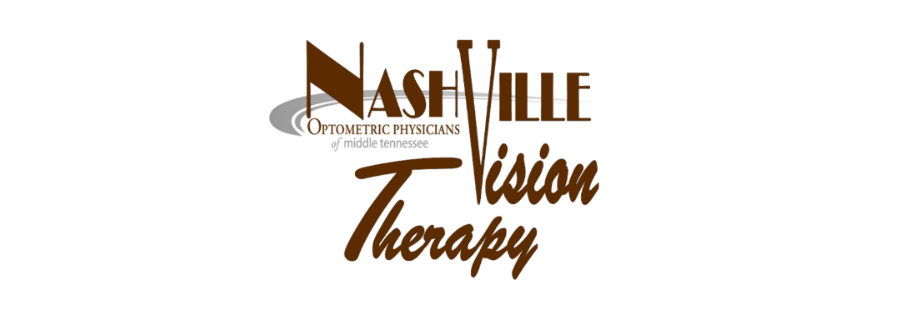 |
Did you know that there are 70 known primary reflexes? Here at Optometric Physicians, Nashville Vision Therapy Center, we concentrate on the primary reflexes that are known to affect educational progress. From previous posts we have learned what primitive reflexes are, and how the reflexes become retained. Today we will explain briefly what these reflexes do and how they cause interference when they are retained.
First up: Asymmetrical Tonic Neck Reflex (ATNR)
The ATNR reflex is noticed before 6 months of age when a baby turns its head to one side and the limbs on that side straighten then the limbs on the other side bend or flex. ATNR should be switched off at six months of age. The retention of this reflex causes the most interference with a child’s learning process. It is responsible for problems with:
- Handwriting - Problems with handwriting is the most obvious casualty of the retained ATNR. Each time a child turns his head to look at the page, his arm will want to extend and the fingers will want to open. Holding and working a pen or pencil for any length of time will require enormous effort. This leads to very heavy pencil grip and tension in the body. All the energy is now going into the writing and distracts attention from the writing content. Some children learn to compensate with an immature pencil grip. Writing may slope in different directions from one side of the page to the other so the child may rotate the page as much as 90 degrees when writing in an attempt to “accommodate” the effect of ATNR.
- Reading - This deals with eye tracking difficulties. When reading some things you might notice is the eyes do not move smoothly from one side of the page to the other, and they often jump. This results in loosing your place, loss of accuracy, which then leads to poor comprehension.
- Mixed Laterality – Child may use left foot, right hand, left ear or child may use left and right hands interchangeably for the same task. The effect of mixed laterality can be failure to send information to the most efficient centre of the brain for that skill. Competition between 2 centres may occur, which is very like two people trying to drive the same car.
This reflex allows the baby to straighten its arms and bend its legs when it looks up. The STNR reflex is present in normal development for a relatively short time span and is normally lost at 8 months after birth. If it is not lost, it can affect a child’s ability to crawl on hands and knees. Crawling is a major developmental milestone, as a baby crawls, as well as looking ahead, babies also learn hand-eye coordination from the movement of the hands. Later on this ability will be essential for being able to read without losing the words at the middle of the line and to visually follow the moving hand when writing. The focusing distance and hand-eye coordination skills used in the act of crawling are at the same distance that the child will eventually use when reading and writing.
Other symptoms of retained STNR include:
- Poor posture
- Poor hand-eye coordination
- Clumsiness
- Slow at copying from board
The Moro Reflex should disappear at 2-4 months and should be replaced by the adult “Startle” reflex. The Moro reflex is a response to unexpected changes within the infant’s environment and acts as the infants’ “fight of flight” response. The prolonged retention of this reflex can be highly disruptive to a child’s development.
Symptoms of a retained Moro Reflex include:
- Poor coordination (particularly during ball games) – which leads to poor sequencing and memory skills
- Balance problems
- Motion sickness
- Sensitivity to bright lights
- Difficulty reading black print on white paper
- Tires easily under fluorescent lights
- Dislike of loud noises
- Easily distracted
- Allergies and lower immunity
- Dislike of change- child may be clingy or shy
The TLR is the opposite of STNR; when a baby looks up TLR causes the baby to straighten it’s legs and arms, likewise when the head goes down the limbs fold in. This reflex should be fully present from the time of birth to 4 months old. It is active during the birthing process. It is linked to balance and muscle tone. If this reflex persists it will disrupt balance and gross motor skills.
Symptoms of this retained reflex can include:
- Poor posture
- Tendency to walk forward on toes
- Weak at ball skills
- Poor articulation
This reflex is present at birth, and should disappear by the time the baby is 9 months old. The Spinal Galant Reflex provides the opportunity to experience a change from whole body movements to same side (homolateral) movements. The Spinal Galant Reflex emerges at 20 weeks in utero, is actively present at birth, and should be integrated by the time the baby is 3 to 9 months of age. The Spinal Galant Reflex is present when a baby is placed in a prone position (on their stomach) and stimulation is placed to one side of the spine, the hip on the side of the stimulus will flex (curl toward that side). This reflex helps the baby to work its way down the birth canal during the birthing process, and also allows the fetus to hear and feel the sound vibrations in the womb.The Spinal Galant Reflex is important in the development of hearing and auditory processing, as well as helping to achieve balance when the child is creeping and crawling. If persists, the child experiences :
- Restlessness
- Fidgeting
- Inability to sit still
- Bedwetting
- A tendency to dislike tight clothing
- Poor concentration and short term memory

No comments:
Post a Comment